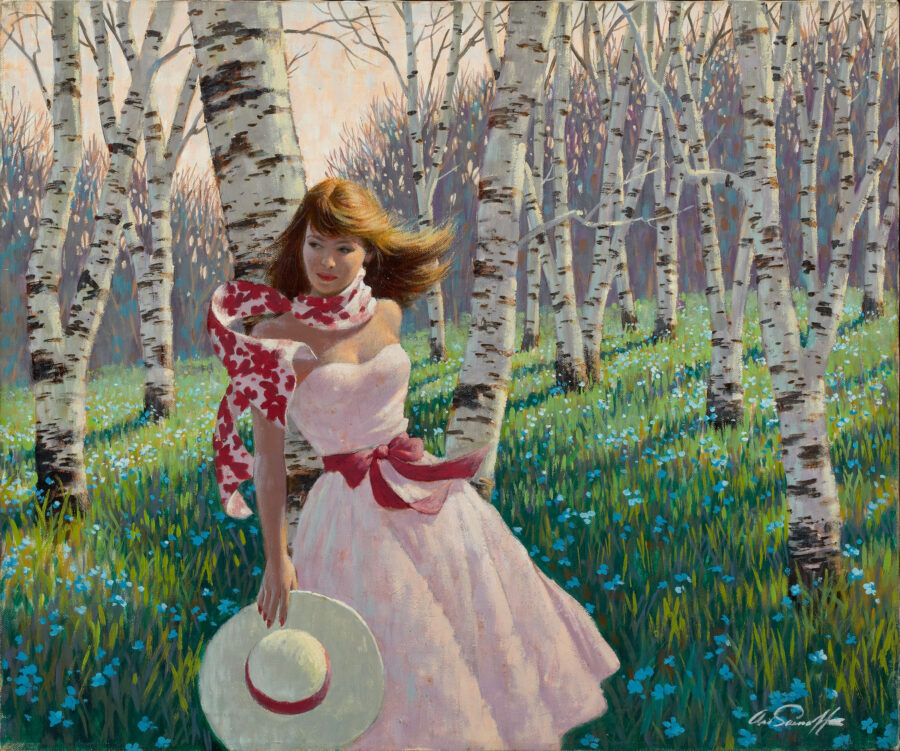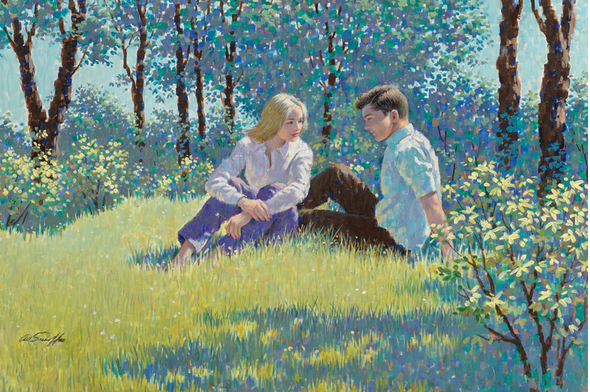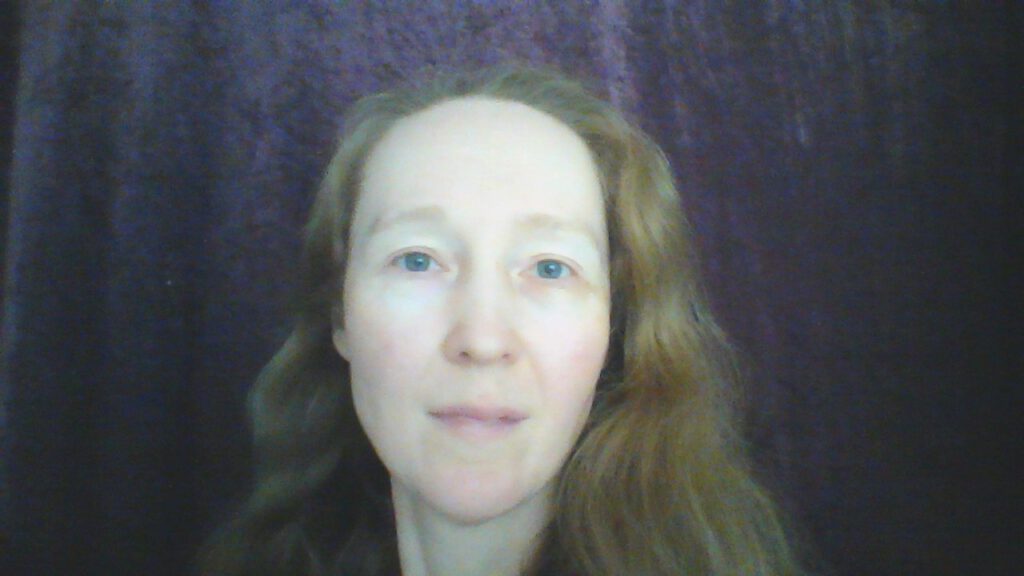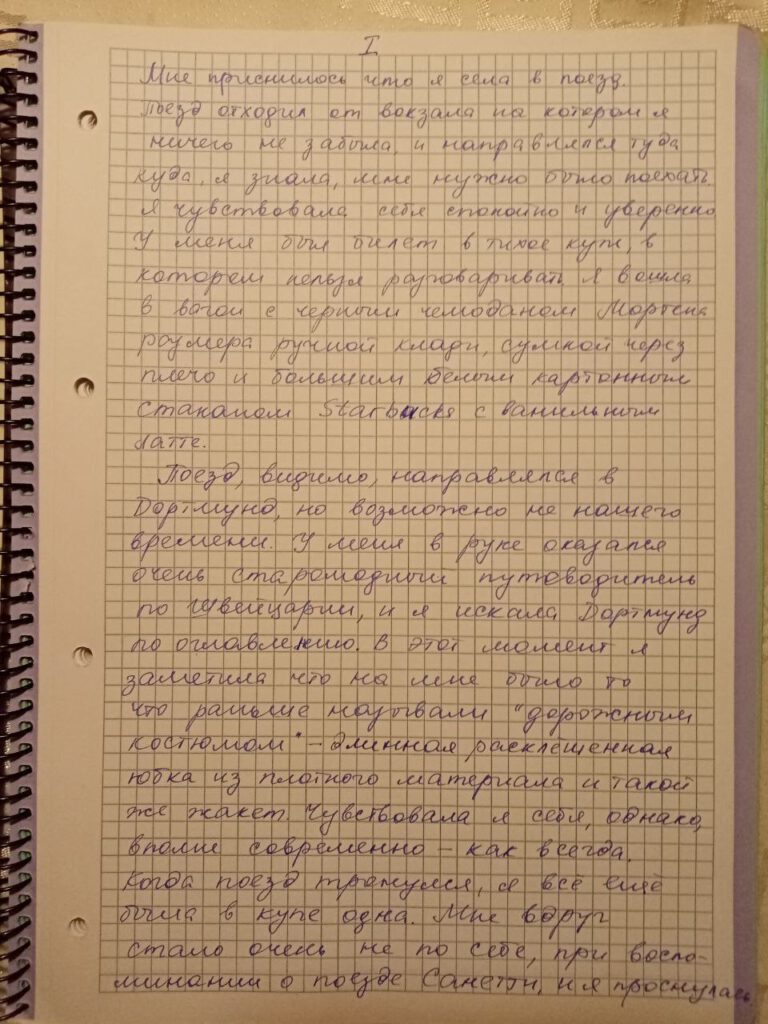I follow a magician who is around 50 and looks about same (and shaves her head, get the point). Recently someone asked her: “Why does your body age?”
The question suggests that her body DOES age when it probably doesn’t, we can’t tell for sure.
Now imagine the woman who is asking is 60. Then imagine than a magician looks like 20. The question would probably sound like “Who are you to teach me?”
Not everyone wants to look totally fresh and green, some may prefer to look experienced.
I wouldn’t fancy being approached by young people as their equal, and I don’t fancy being approached by outdated people either.
Just as I wrote in my previous article, what you get is the materialization of your attitude.
The adjectives “young” and “old” do not say anything anymore. Is the one who has reached 80, “old”, or does it depend on their energy, lifestyle, and sure, also looks?
The magician won’t look old when she reaches chronological age of 80, I can be quite sure of that, and she’ll decide just how experienced she wishes to look by that time.
 English (UK)
English (UK) Русский
Русский Español
Español Dansk
Dansk



